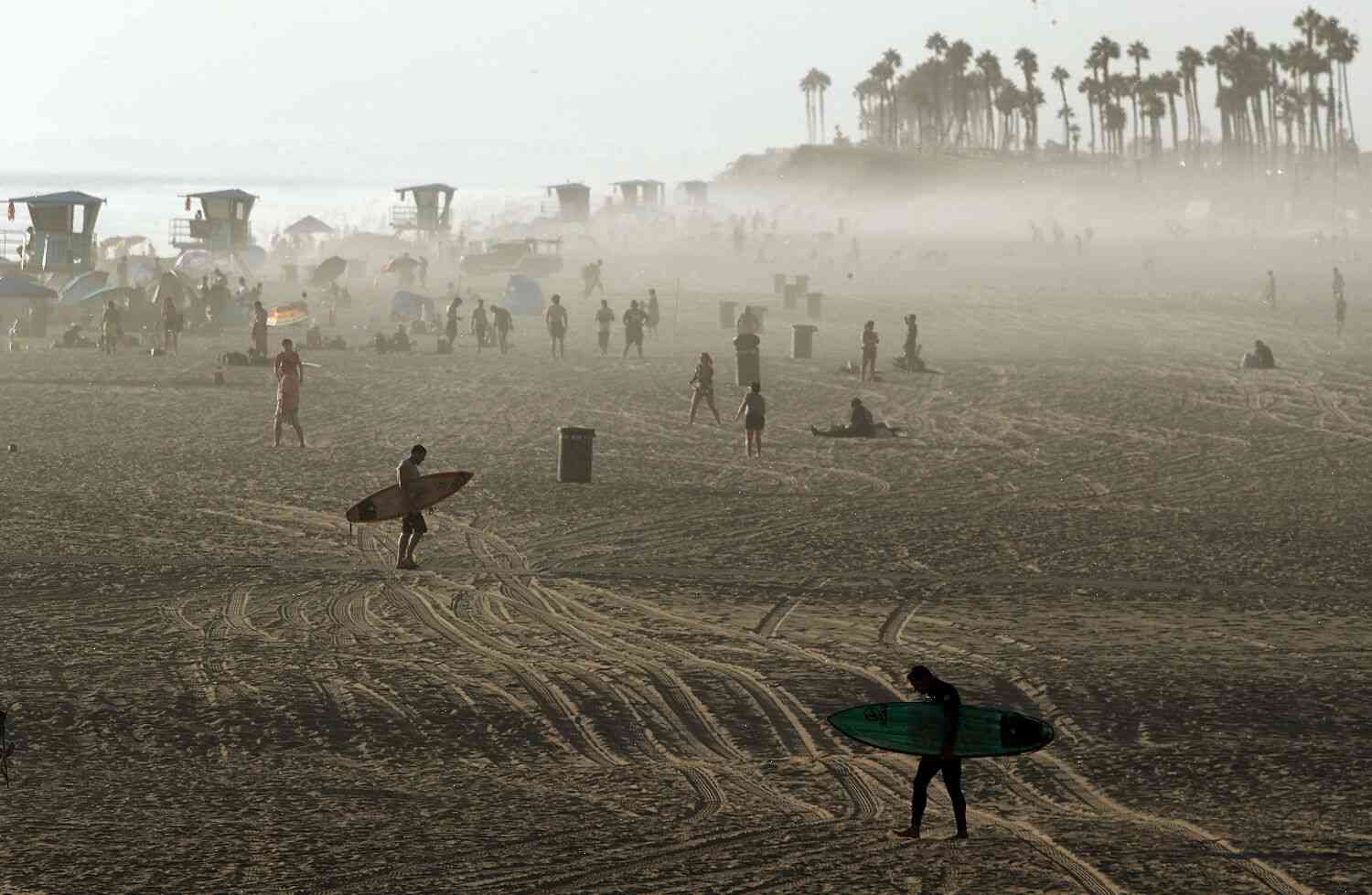A rare third year of La Niña is on deck for California, forecasters say
The weather forecast that’s been a constant companion this past winter is on its way to becoming a familiar routine for Southern California.
That means rainy weather is in the forecast for Santa Barbara County and San Diego County through April 10. That’s the last date for which a forecast will be issued by the National Weather Service.
This is La Niña’s third consecutive year of below-average precipitation for California. This isn’t just a normal occurrence, though, as the U.S. and global climate systems are in a transition phase — a shift from the normal, warm, wet trend toward a new normal, cooler, drier-than-normal pattern.
During La Niña winters, California has experienced the driest winters in its recorded history — with precipitation that is at or below average on average. La Niña has also produced some unusually wet winters.
In 2014, La Niña produced some of the driest winters in the state, with Santa Barbara County seeing 17.5 inches of “water” (meters) or less. San Diego County saw its driest December on record, with the first five months ending at 13.35 inches or less.
San Francisco and San Mateo County have been especially dry over the past three years, with the San Francisco Bay Area getting more than 22 inches of excess rain (i.e. rain greater than the average rainfall for the area in any 12-month period) between 2012 and 2016 — and San Mateo County seeing more than 20 inches of that in 2015.
More than 200 days have been dry in Los Angeles County in the past three years.
On the other hand, some of the driest periods of the past three years have been wet. In 2015 and 2016, San Diego County had three dry months, with one rainy month each. In San Francisco, Santa Barbara County and surrounding counties in 2017 saw six rainy months, with the month of April being the wettest one.
“There are some natural explanations for what is happening in the climate, but what we’re seeing is a clear shift in how the climate system is behaving,” said Gavin Schmidt, director of the Berkeley Center forgh the Global Change.
And some of the effects that are showing up is an increase in the frequency of droughts and floods. As

